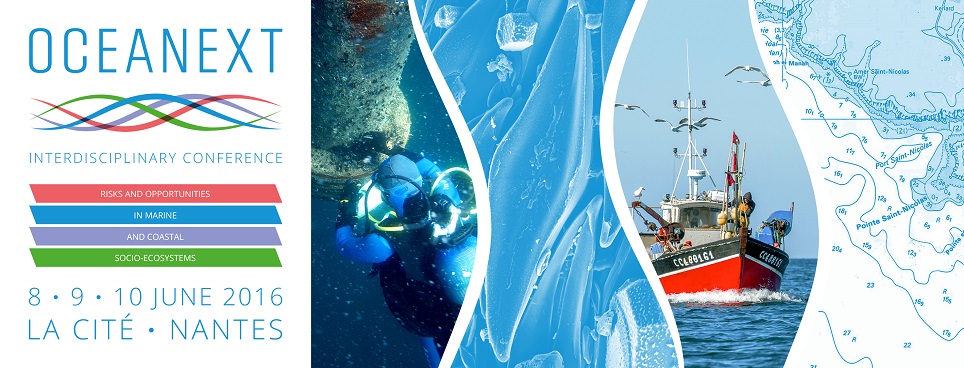The wild oyster Crassostrea gigas has invaded western Europe in the last two decades creating oyster reefs in intertidal coastal areas. Recent studies showed the possibility to use hyperspectral remote sensing to map spatial distribution of wild oyster reefs. However, oyster spectral signatures systematically revealed intriguing chlorophyll absorptions bands at 632 and 673 nm. Our objective is to investigate the spectral diversity associated to oyster shells using spectroradiometric measurements combined to the determination of pigment composition by chromatography. Wild oyster shells were imaged using a HySpex VNIR 1600 imaging spectrometer in a laboratory. This sensor provides a spectral resolution of 4.5 nm in 160 contiguous channels between 400 and 1000 nm and a spatial resolution of 200 µm² per pixel. Vegetation indices and second derivative were calculated from spectra taken from 30 oysters growing horizontally in rocky areas. Pigments were extracted and measured by HPLC from crushed shells. Second derivative spectra showed specific feature peaks at dd548, dd650, and dd590, related to pigment absorptions of fucoxanthin, zeaxanthin and chlorophyll b respectively. Such pigments were detected and measured by HPLC in crushed shells and can be linked to the presence of diatom, cyanobacteria, and chlorophyte. Some reflectance spectra had absorptions bands characteristic of rhodophyte (e.g. phycoerythrin), but the hydrosoluble pigments were not detected by the HPLC protocol. This study reveals the microalgal diversity and biomass associated to oyster shells which may play a significant role in the primary production of a shellfish ecosystem.

|
Hyperspectral imaging of the micro-algal diversity of oyster shells
1 : Littoral, Environnement, Télédétection, Géomatique
(LETG - Géolittomer)
-
Site web
Université de Caen Basse-Normandie, Université de Nantes, Université de Bretagne Occidentale [UBO], CNRS : UMR6554, Université de Rennes II - Haute Bretagne, Université d'Angers, Université de Bretagne Occidentale (UBO)
Faculté des Lettres BP 81227 44312 NANTES Cédex 3 -
France
2 : Laboratoire Mer Molécules Santé - EA - 2160 /Université de Nantes
(MMS)
-
Site web
Université de Nantes : EA2160
Batiment ISOMER Université de Nantes - UFR Sciences et Techniques 2, rue de la Houssinière - BP 92208 44322 NANTES Cedex 3 -
France
3 : Laboratoire de Planétologie et Géodynamique de Nantes
(LPGN)
* : Auteur correspondant
CNRS : UMR6112, INSU, Université de Nantes
2 Rue de la Houssinière - BP 92208 44322 NANTES CEDEX 3 -
France
|
 PDF version
PDF version
